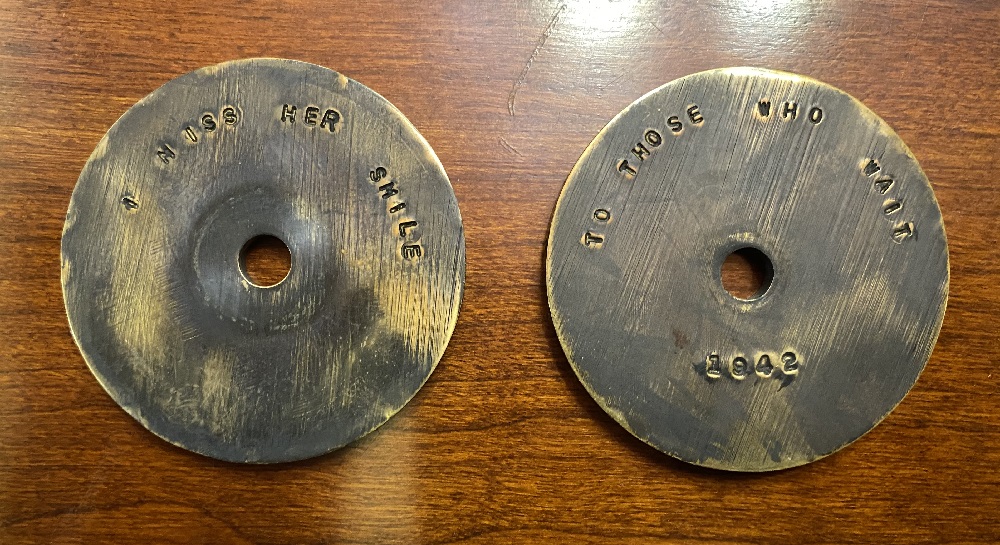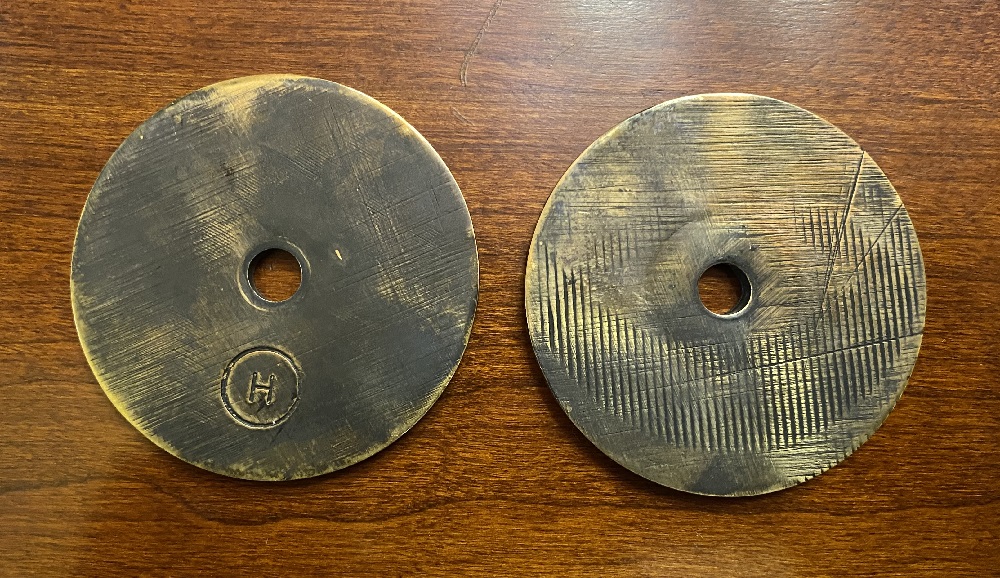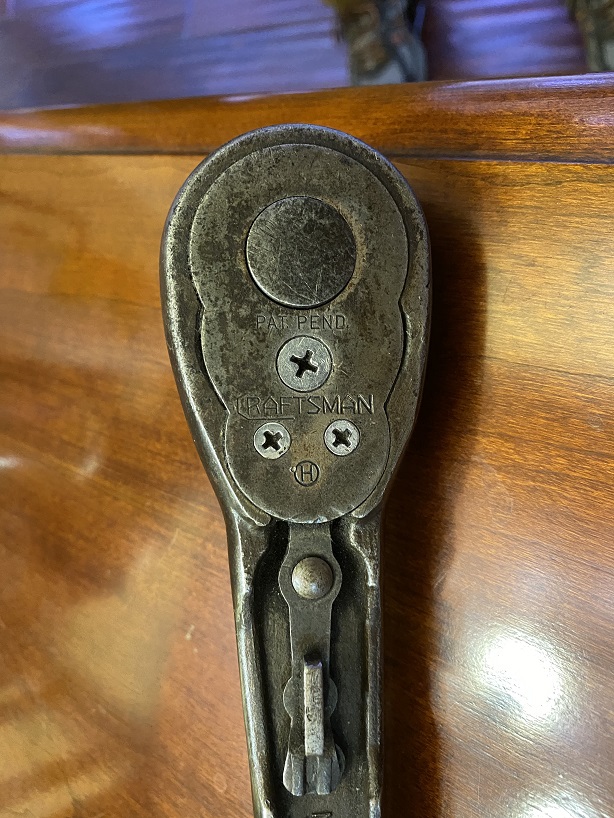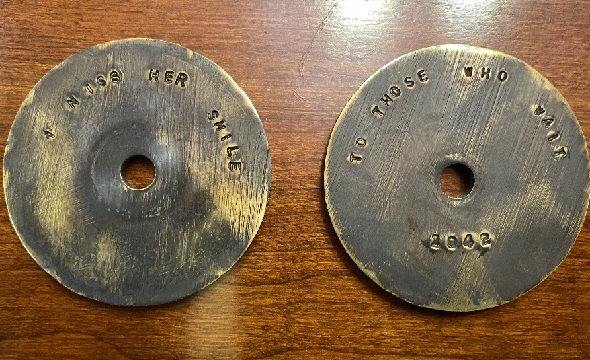Crypto collector Ralph Simpson owns a small cipher device that consists of two metal disks. The origin and the purpose of this unusual tool are unknown. Suggestions from readers are welcome.
Earlier this week I had the chance to visit crypto items collector Ralph Simpson, who lives in San Jose, California. I know Ralph from several crypto history events we attended, and I was glad that I finally had the chance to accept his invitation to look at his collection.

Source: Simpson/Schmeh
Ralph is a retired IBM and Cisco employee, as can be read in his curriculum vitae. He hosts a great website about crypto history. His crypto collection includes two Enigmas, several Hagelin machines, a few one-time-pad machines, and several rotor machines, as well as burst encoders, cipher disks, codebooks and more. All items are displayed in showcases and explained on labels. The upper floor of his house would easily pass for a crypto museum.
A device from 1942
Like virtually every crypto collector I know, Ralph owns a few items about which he knows as good as nothing. Cryptography is a secretive business, so cipher equipment was usually not listed in sales catalogs and rarely described in publicly available literature. The people using it were not allowed to talk about about their work. Many crypto devices were not even properly labeled – for the case that they fell into the hands of the enemy.
One of the most mysterious cipher devices in Ralph’s collection is a small tool consisting of to metal disks.

Source: Simpson/Schmeh
As can be seen, the disk on the right-hand side is dated 1942. Both disks bear inscriptions: “I MISS HER SMILE” and “TO THOSE WHO WAIT”. Ralph and I have no idea what these two sentences mean. The might have been used as a part of the encryption key.
On the reverse side …

Source: Simpson/Schmeh
… of the left disk we see the letter H in a circle. This might be the logo of the producer. A similar sign was used by the still-existing company Husky, as can be seen on the following item Ralph found on e-Bay (note that this item is not a part of the cipher device in question):

Source: Simpson/Schmeh
What was it used for?
Here’s a picture of the complete cipher device (a screw holds the two disks together):

Source: Simpson/Schmeh
The edges of the disks bear inscriptions, too. The top disk only shows numbers:
034579104630240818
I can’t see any meaning in these digits. To me they look like a sequence of random numbers. The edge of the lower disk contains the following letters:
ABCDEFGHLMONPQRYZ
This can be interpreted as an incomplete alphabet with the letters O and N being switched. Note that there are more letters than numbers, which makes it hard to use the device as a substitution table. In addition, some of the digits appear several times, which easily leads to ambiguities – something that is usually not desired in an encryption process.
To Ralph and me it is completely unclear what this device was used for. It looks like a simple cipher tool, similar to a cipher disk, but it could also be something completely different. Among other things we ask ourselves, why this device is made of metal – cardboard, which is cheaper and less heavy, would have done the same job.
If a reader can say more about this device, Ralph and I would be very interested.
Follow @KlausSchmeh
Further reading: Who knows this cipher (?) machine?
Linkedin: https://www.linkedin.com/groups/13501820
Facebook: https://www.facebook.com/groups/763282653806483/



Kommentare (12)